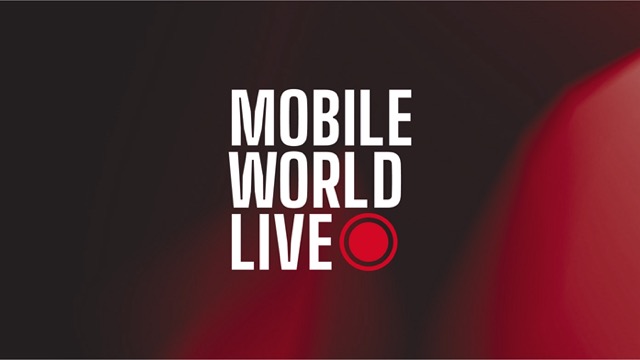UK regulator Ofcom has released details of mobile network coverage in the UK as part of a plan to identify “not-spots” that require extra investment in infrastructure.
Perhaps unsurprisingly, the regulator concluded that the data shows considerably better household coverage compared with geographic coverage. “This is because mobile providers tend to prioritise investment in network infrastructure where the maximum number of consumers and businesses can be served,” it said.
The coverage maps reveal that 97 percent of premises and 66 percent of the UK landmass can receive a 2G signal outdoors from all four 2G networks. This means that approximately 900,000 UK premises do not have a choice of all four 2G mobile networks.
For 3G, 73 percent of premises and 13 percent of the UK’s landmass can receive a signal outdoors from all five 3G networks, with lower coverage in less densely populated areas. This means that approximately 7.7million UK premises do not have a choice of all five 3G mobile networks.
The areas of lowest 3G geographic coverage are in the highlands of Scotland and mid-Wales, which are both sparsely populated with hilly terrain.
Ofcom said it is currently working closely with the government to consider how best to spend the £150 million it has allocated to help address so-called mobile “not-spots.” The Financial Times reports separately today that Vodafone UK is already planning to announce the rollout of new technology that will allow it to provide mobile connectivity to rural areas.
The Ofcom data also highlighted significant demand for broadband data from UK consumers. Residential fixed broadband customers are using on average 17GB of data per month, it says. This is the equivalent to downloading more than 11 films per month, streaming 12 hours of BBC iPlayer HD video or more than 12 days of streaming audio content. This compares with mobile broadband demand which is an average 0.24 Gigabytes per month per connection.










Comments